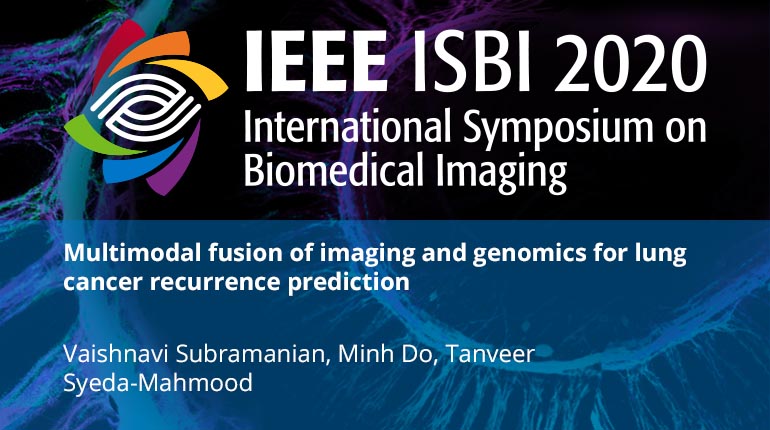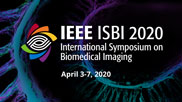Collection:

Lung cancer has a high rate of recurrence in early-stage patients. Predicting the post-surgical recurrence in lung cancer patients has traditionally been approached using single modality information of genomics or radiology images. We investigate the potential of multimodal fusion for this task. By combining computed tomography (CT) images and genomics, we demonstrate improved prediction of recurrence using linear Cox proportional hazards models with elastic net regularization. We work on a recent non-small cell lung cancer (NSCLC) radiogenomics dataset of 130 patients and observe an increase in concordance-index values of up to 10%. Employing non-linear methods from the neural network literature, such as multi-layer perceptrons and visual-question answering fusion modules, did not improve performance consistently. This indicates the need for larger multimodal datasets and fusion techniques better adapted to this biological setting.
- IEEE MemberUS $11.00
- Society MemberUS $0.00
- IEEE Student MemberUS $11.00
- Non-IEEE MemberUS $15.00
Videos in this product
Multimodal fusion of imaging and genomics for lung cancer recurrence prediction
Lung cancer has a high rate of recurrence in early-stage patients. Predicting the post-surgical recurrence in lung cancer patients has traditionally been approached using single modality information of genomics or radiology images. We investigate the potential of multimodal fusion for this task. By combining computed tomography (CT) images and genomics, we demonstrate improved prediction of recurrence using linear Cox proportional hazards models with elastic net regularization. We work on a recent non-small cell lung cancer (NSCLC) radiogenomics dataset of 130 patients and observe an increase in concordance-index values of up to 10%. Employing non-linear methods from the neural network literature, such as multi-layer perceptrons and visual-question answering fusion modules, did not improve performance consistently. This indicates the need for larger multimodal datasets and fusion techniques better adapted to this biological setting.
 Cart
Cart Create Account
Create Account Sign In
Sign In
